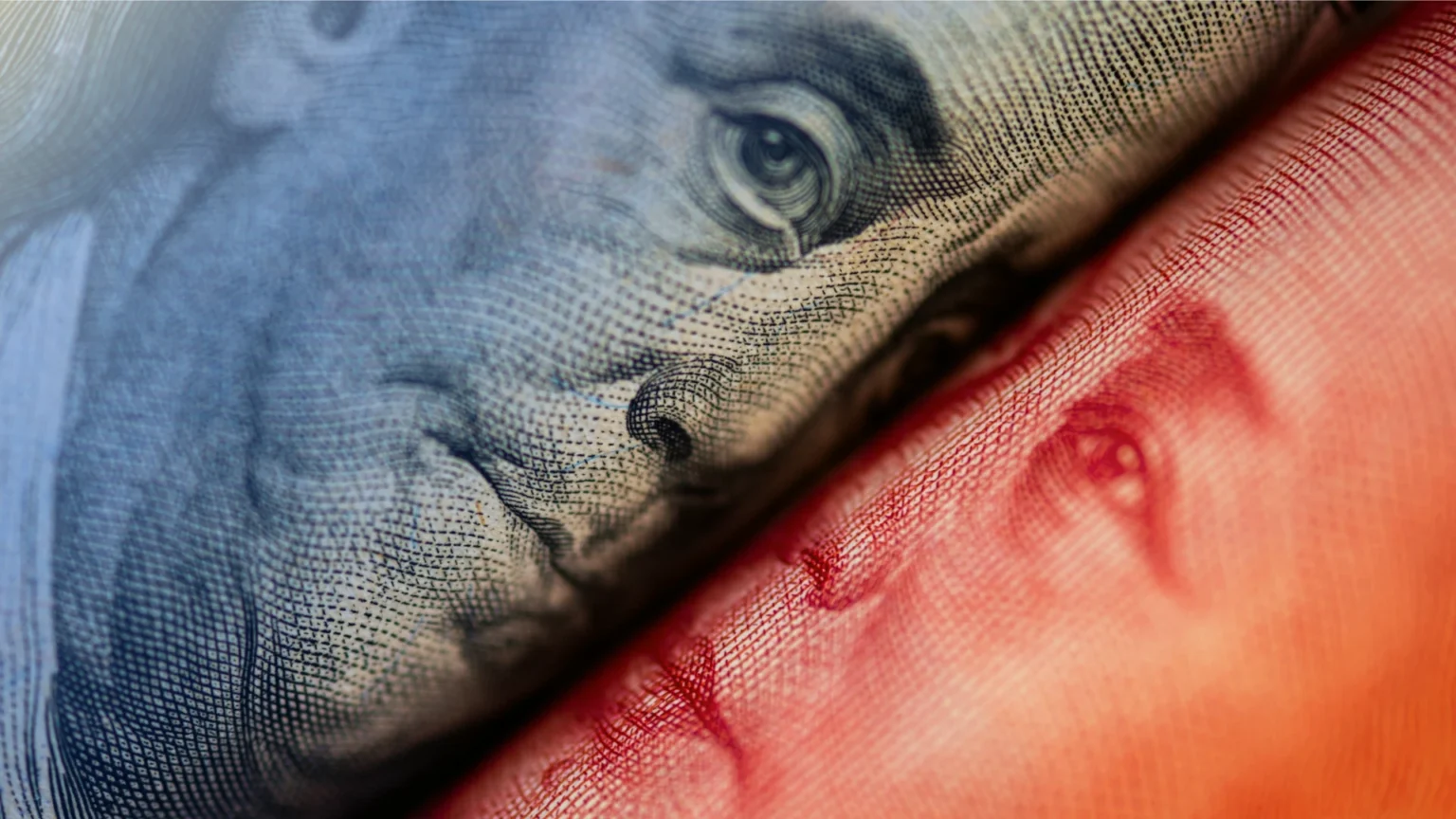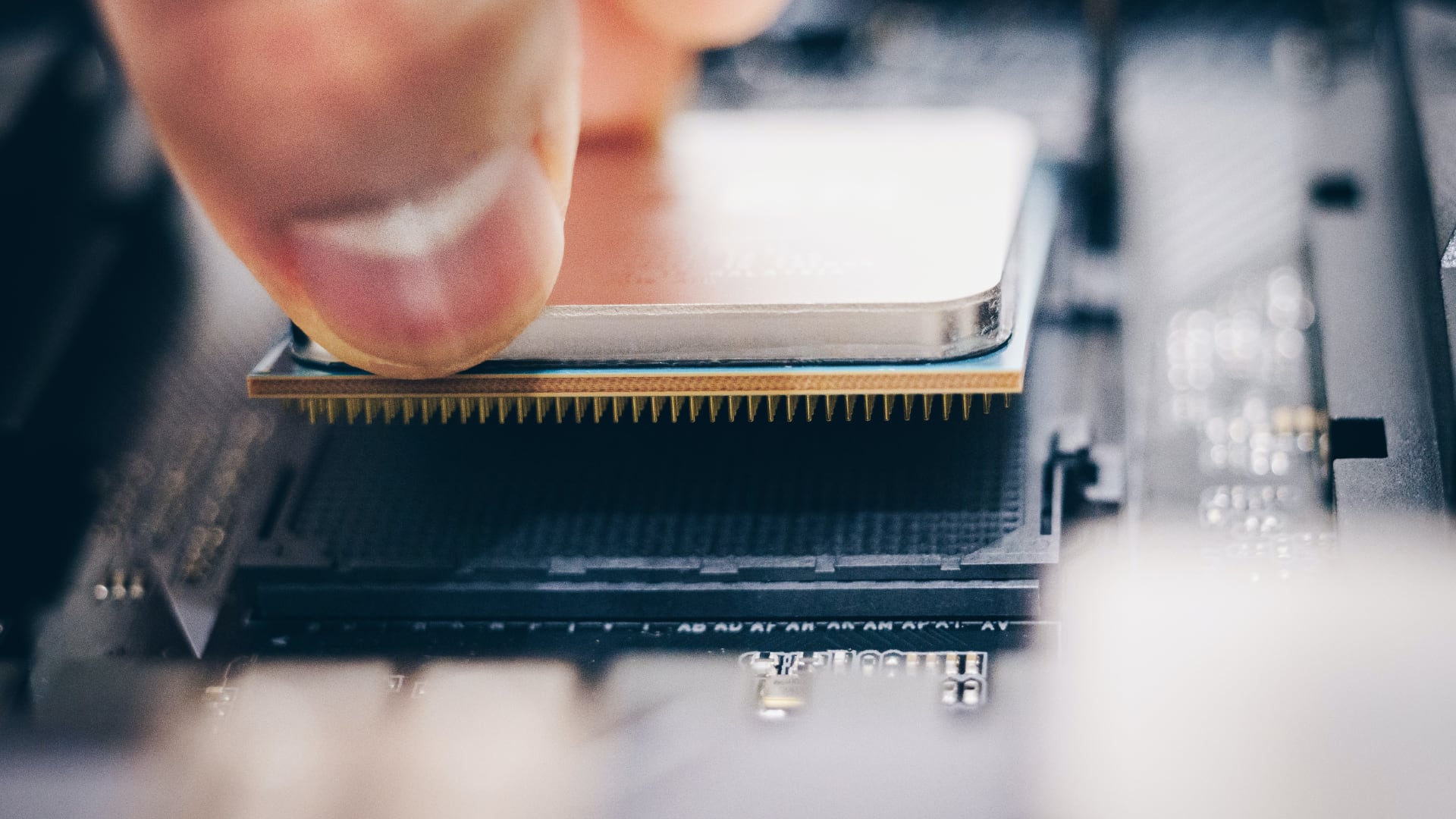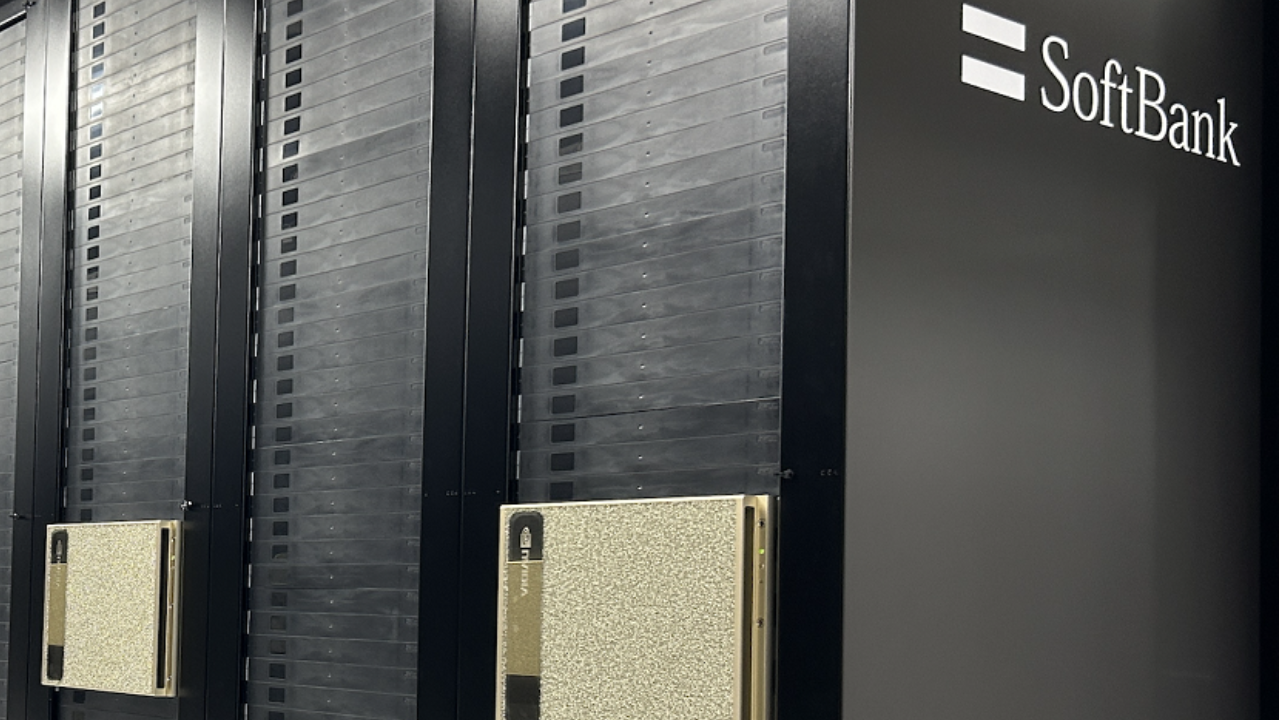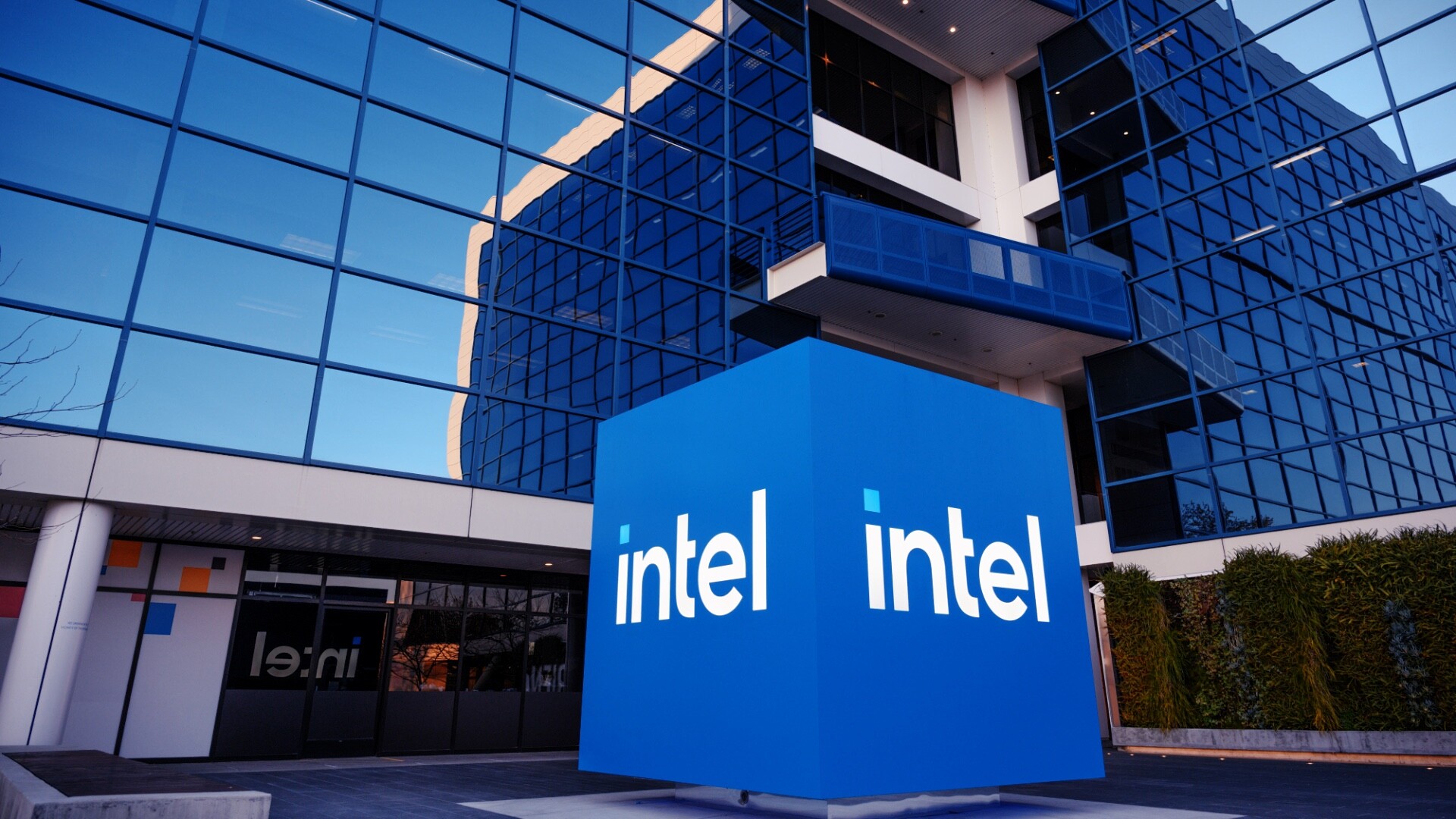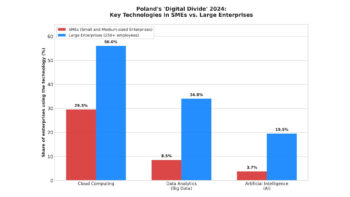Donald Trump’ s decision to impose 100 per cent tariffs on Chinese goods and impose export controls on ‘all critical software’ from 1 November is not just another move in the trade war. It signals that Trump’s possible return to the White House could mean a sharp acceleration of decoupling – the technological separation between the US and China that is already costing global markets billions of dollars.
It is rare for a policy decision to shake Wall Street within hours. This time, the announcement was enough for the S&P 500 index to dive 2.7% and the Nasdaq 100 to lose 3.5%. Investors read the move as a harbinger of a new era – one in which global trade is no longer based on price competition, but on the control of strategic resources, from software to rare earth metals.
Trump justified the decision on the grounds that China has “taken an extremely aggressive stance”, announcing broad export restrictions on virtually everything it produces – especially critical raw materials. This is particularly significant because Beijing has for months been signalling the possibility of restrictions on exports of metals such as gallium, germanium and graphite – key to the manufacture of chips, batteries and military technology.
A technological iron curtain
The most worrying element of Trump’s announcement concerns export controls on ‘all critical software’. In practice, this could mean restrictions on the sale of operating systems, AI tools, industrial software or cloud infrastructure – not only to China, but also to companies working with them.
For global supply chains, this would mean something of a digital iron curtain. Technology corporations would have to redesign distribution and licensing models. Scenarios of ‘dual versions’ of products are already circulating in the industry – one for Western markets, the other for China, with separate updates and repositories.
The market is looking for a new balance
Although Trump has hinted that he may back down if Beijing drops its threats of export restrictions, markets do not believe there will be a quick agreement. Agriculture is already counting losses – soybean futures in Chicago are down 1.9%, signalling fears of China’s trade counterattacks, which have hit farmers in key US states in the past.
In the background, a strategic question remains: is this conflict heading towards a permanent reconstruction of the trade order? Both the US and China are increasing subsidies to their own technology sectors. The EU is preparing its own export control and ‘de-risking’ mechanisms. More and more economists are pointing out that globalisation in its current form has come to an end – replaced by block economic and technological alliances.
Xi or the markets? Trump puts a deadline
“I have set a deadline of 1 November. We’ll see what happens,” Trump said. The date is a deadline not only for Beijing, but also for global corporations that will have to choose: either full compliance with US export rules or risk losing access to the world’s largest technology market.
The trade war that started with steel and soya tariffs is finally moving into the most sensitive area – software and critical technology. And this time it is not a conflict over trade. It’s a fight over the architecture of the future internet, AI standards and control of the geopolitical infrastructure of the 21st century.




